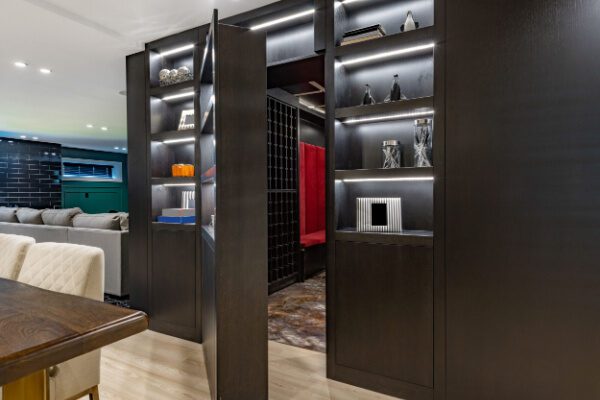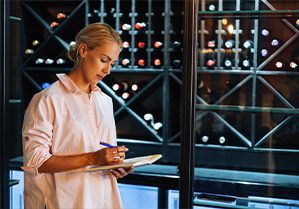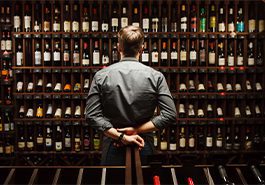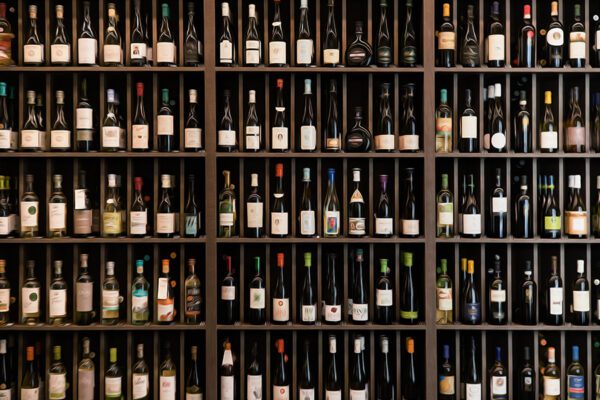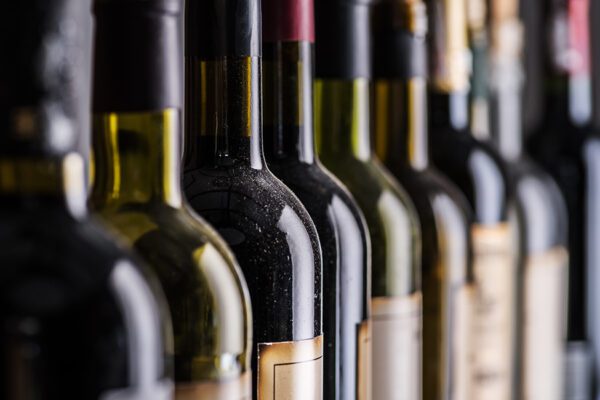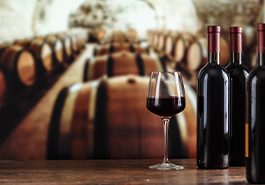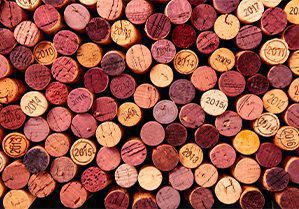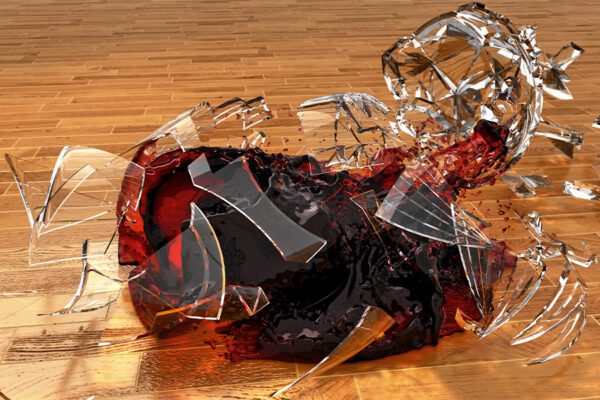Avoid Common Mistakes and Keep Your Wine Aged to Perfection
Are you a wine connoisseur who loves to savor the rich flavors of a perfectly aged bottle? Then you know how important it is to store your wine properly to ensure its optimal taste and aroma. However, even seasoned wine enthusiasts can make mistakes that can ruin the aging process and compromise the quality of the wine. Here are some common mistakes to avoid and tips to keep your wine aged to perfection.
According to research conducted by Sonoma State University, upwards of ninety percent of wines purchased in the United States are consumed within one to two weeks. Yet most wines improve in quality with time spent in the cellar. Because there is a considerable gap between a wine’s release date and its optimal maturity, many collectors are investing in home solutions for long-term wine storage.
Don’t let common mistakes ruin the taste of your beloved wine. Learn how to keep it aged to perfection with these expert tips.
Dos of Long-Term Wine Storage
1. Do lay bottles down with the label facing up.
If you plan to keep bottles around for more than a few weeks, it’s important to ensure your corks retain moisture. Dried-out corks can develop cracks that allow air to oxidize wine prematurely. The most practical way to keep a cork moist is to keep it in contact with the wine.
Something less crucial but still important to keep in mind: As wines age for years or decades, certain molecules will fall out of suspension, collecting as sediment in the bottle. If you want your bottles to be display-worthy at the dining room table, store them with their front labels facing up, so that any sediment gathers toward the back of the bottle.
2. Do precisely control air temperature and humidity.
Most collectors are aware that wines are sensitive to climatic conditions. Still, many don’t know the optimal temperature and humidity for long-term storage. Storing wine at the wrong temperature is one of the most common mistakes that can ruin the aging process. According to leading professional wine storage facilities, 57 degrees Fahrenheit.
Humidity is another crucial factor that can affect the aging process of wine – 65% humidity are just right. (Humidity is essential both because we want to allow corks to retain moisture, but also because we want to avoid moldy labels, which can do considerable harm to the market value of a collection.)
3. Do keep inventory and records of provenance.
Suppose you should ever wish to recoup the value of your collection in the market. In that case, a knowledgeable buyer will want to be assured that your wines were never transported or kept in conditions that might have damaged them. The best way to assure such a buyer is to keep a record of your purchases.
Don’ts of Long-Term Wine Storage
1. Don’t keep wines in sunlight or near sources of heat or vibration.
Wines are delicate—fragile not only to the extremes of temperature and humidity but also to sunlight and even vibration. If the shelving in your cellar shares a wall or floor with a washing machine or dryer, for example, the frequent vibration may accelerate the development of sediment. Wine should be stored in a dark place, away from direct sunlight or bright artificial light. Ultraviolet rays can degrade the wine and affect the flavor, aroma, and color.
- Avoid storing wine in the kitchen or near appliances that generate heat, such as ovens, stoves, or dishwashers.
- Use a wine rack or a wine cooler to store your bottles horizontally to keep the cork moist and prevent it from drying out.
- Invest in a wine thermometer and hygrometer to monitor the temperature and humidity levels.
- If you buy wine in bulk, make sure to rotate the bottles regularly to ensure even aging.
2. Don’t keep wines at floor level or far above your reach.
Water damage to wine labels is a common harm to collections. If your cellar could be affected by a burst pipe or other plumbing issue, you may wish to keep the lowest level of shelving well above the level of the floor.
Likewise, the risk of breakage for fragile bottles can be mitigated by keeping top shelves within easy reach. If you need to handle wines over a hard floor, you may wish to install or have foam padding on hand for the time you’re working in the cellar.
3. Don’t take unnecessary risks with your investment. Insure your collection.
As a rule of thumb, if you’re holding wines worth more than $85,000, it makes sense to consider insurance.
In the past, insurance for wine collections occupied a gray area in standard homeowner’s policies. While some policies cover the contents of a home, most set sub-limits to reduce the carrier’s liability for valuables. How wines fit into this picture was sometimes confusing.
Today, to insure your wine collection is easy and relatively inexpensive. To review your policy or explore options with a professional specializing in wine collections, contact Ken Sidlowski.
Material posted on this website is for informational purposes only and does not constitute a legal opinion or medical advice. Contact your legal representative or medical professional for information specific to your legal or medical needs.
